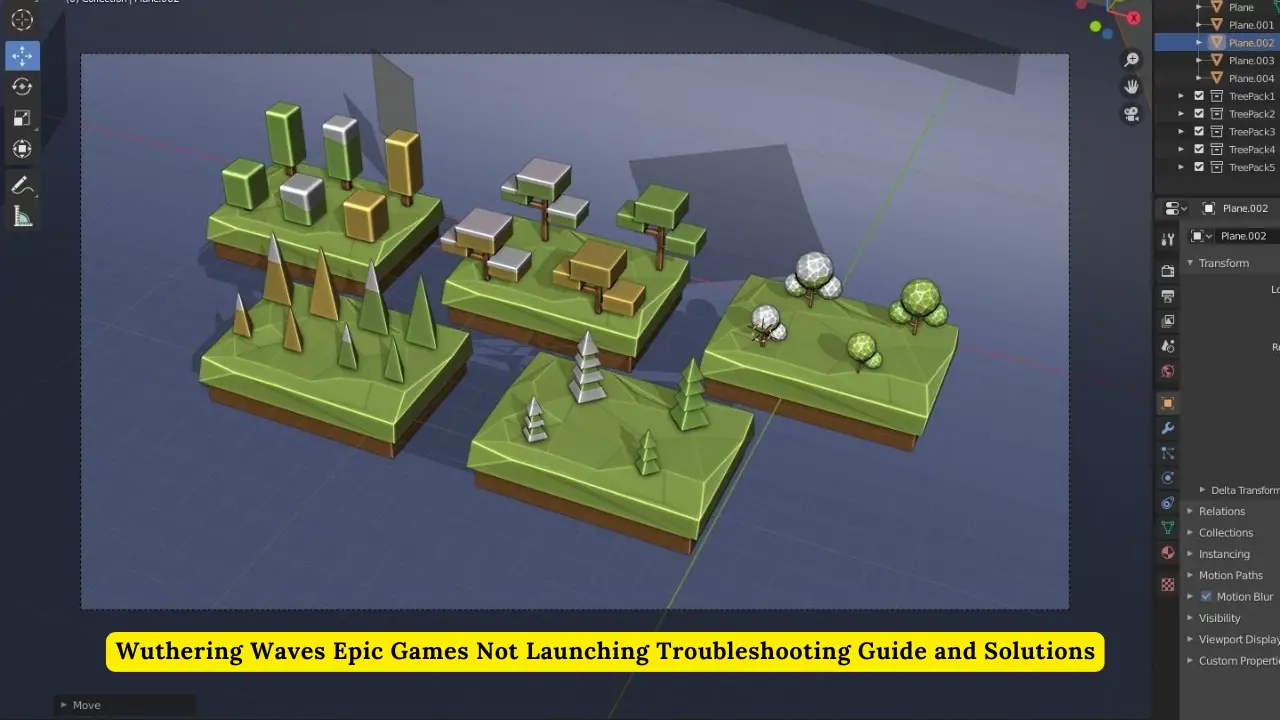Creating a video game is a rewarding and challenging process that combines creativity, technical skills, and strategic thinking. Whether you’re an aspiring game developer or just curious about how games are made, understanding the basic steps involved is crucial. In this article, we will walk you through the essential stages of game development, providing you with a comprehensive guide on how to make a game. How to Make a Game Step-by-Step Guide for Beginners
1. Conceptualize Your Game Idea
The first step in making a game is to come up with a compelling idea. This could be a unique gameplay mechanic, an interesting story, or a new twist on an existing genre. Spend time brainstorming and refining your concept. Consider what makes your idea stand out and how it will engage players.
Competitor Tip: Many articles suggest focusing on a specific genre or target audience from the beginning. Think about who will play your game and what they expect from it. Tailoring your concept to a particular audience can increase your game’s appeal and success.
2. Create a Game Design Document (GDD)
Once you have a solid idea, it’s time to create a Game Design Document (GDD). This document will serve as the blueprint for your game, detailing everything from the gameplay mechanics and storyline to the art style and sound design. A well-structured GDD will keep your development process organized and ensure that all team members are on the same page.
Competitor Tip: Some developers overlook the importance of a GDD, leading to confusion and inconsistency during development. Don’t skip this step, even if you’re working solo. A clear plan can save time and prevent costly mistakes later on.
3. Choose the Right Game Engine
Selecting the right game engine is crucial to bringing your vision to life. Popular game engines like Unity, Unreal Engine, and Godot offer various tools and features that can simplify the development process. Consider your game’s requirements, your team’s expertise, and your budget when choosing an engine.
Competitor Tip: While many articles recommend Unity for beginners, it’s important to explore different options. Unreal Engine, for example, is known for its high-quality graphics, while Godot is praised for its ease of use and open-source nature. Experiment with different engines to find the one that best suits your needs.
4. Start Prototyping
With your GDD in hand and your game engine selected, it’s time to start prototyping. Prototyping allows you to test your core gameplay mechanics and make adjustments before diving into full-scale development. Focus on creating a simple version of your game that includes the basic elements, such as character movement, controls, and interactions.
Competitor Tip: Some developers rush through the prototyping phase, eager to start building the final game. However, spending more time on prototyping can save you from major revisions later on. Test different ideas and get feedback from others to refine your gameplay.
5. Develop the Game
Once your prototype is polished and you’re confident in your design, you can move on to full-scale development. This stage involves creating all the assets, coding the game, and integrating all the elements according to your GDD. You’ll need to work on the game’s levels, characters, environments, and any special features.
Competitor Tip: Keep in mind that game development is an iterative process. Be prepared to go back and tweak aspects of your game as you discover what works and what doesn’t. Regular playtesting is essential to ensure your game is fun and functional.
6. Test and Debug
Testing is a critical part of game development. You’ll need to test your game thoroughly to identify bugs, glitches, and other issues that could affect the player’s experience. Use playtesting sessions to gather feedback and make necessary adjustments. Debugging is also an ongoing process that requires attention to detail and patience.
Competitor Tip: Many articles suggest involving external testers who are not part of the development team. Fresh eyes can catch issues that you might overlook, so consider inviting friends, family, or even members of your target audience to test your game.
7. Polish and Finalize
After testing and debugging, it’s time to polish your game. This involves refining the visuals, improving the user interface, and ensuring that the gameplay is smooth and enjoyable. Pay attention to details like sound effects, animations, and transitions to create a cohesive and immersive experience.
Competitor Tip: Don’t rush the polishing stage. A well-polished game can stand out in a crowded market and leave a lasting impression on players. Take the time to perfect every aspect of your game before release.
8. Release and Market Your Game
Once your game is complete, it’s time to release it to the world. Choose the right platform(s) for your game, whether it’s PC, console, mobile, or web. Marketing your game is also crucial to its success. Use social media, gaming forums, and other channels to promote your game and build a community around it.
Competitor Tip: Some developers underestimate the importance of marketing. Start building hype for your game early and maintain a consistent marketing strategy to reach a wider audience. Consider creating a website, a trailer, and other promotional materials to showcase your game.
Conclusion: The Journey of Game Development
Making a game is a complex but rewarding process that requires creativity, technical skills, and persistence. By following these steps, you can turn your idea into a playable game that others can enjoy. Remember, game development is a journey, and each project offers new opportunities to learn and grow as a developer.
Whether you’re aiming to create a simple mobile game or a full-fledged PC title, the key is to stay focused, be adaptable, and enjoy the process. Keep experimenting, learning, and iterating, and you’ll be on your way to making great games.
